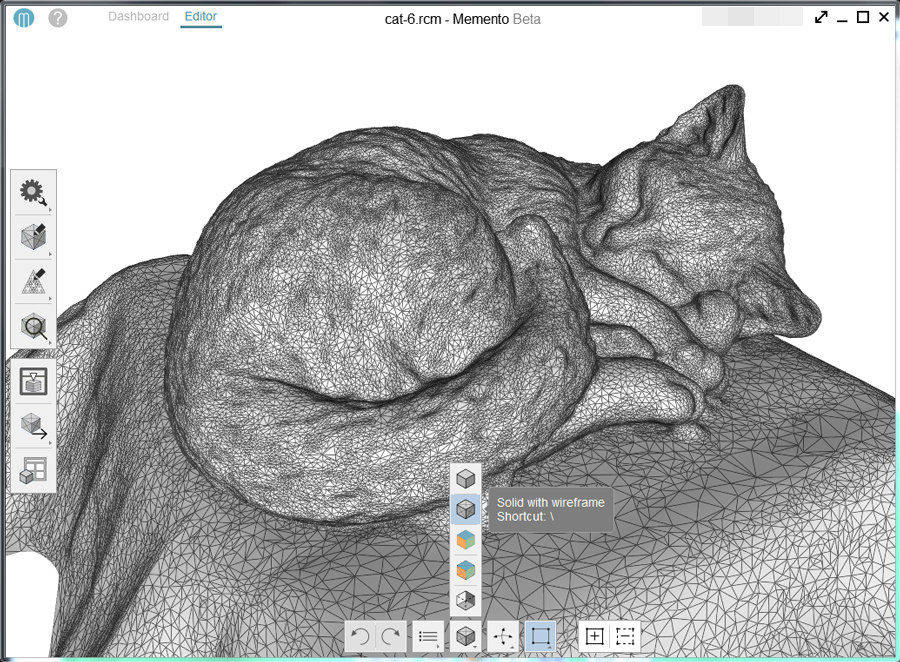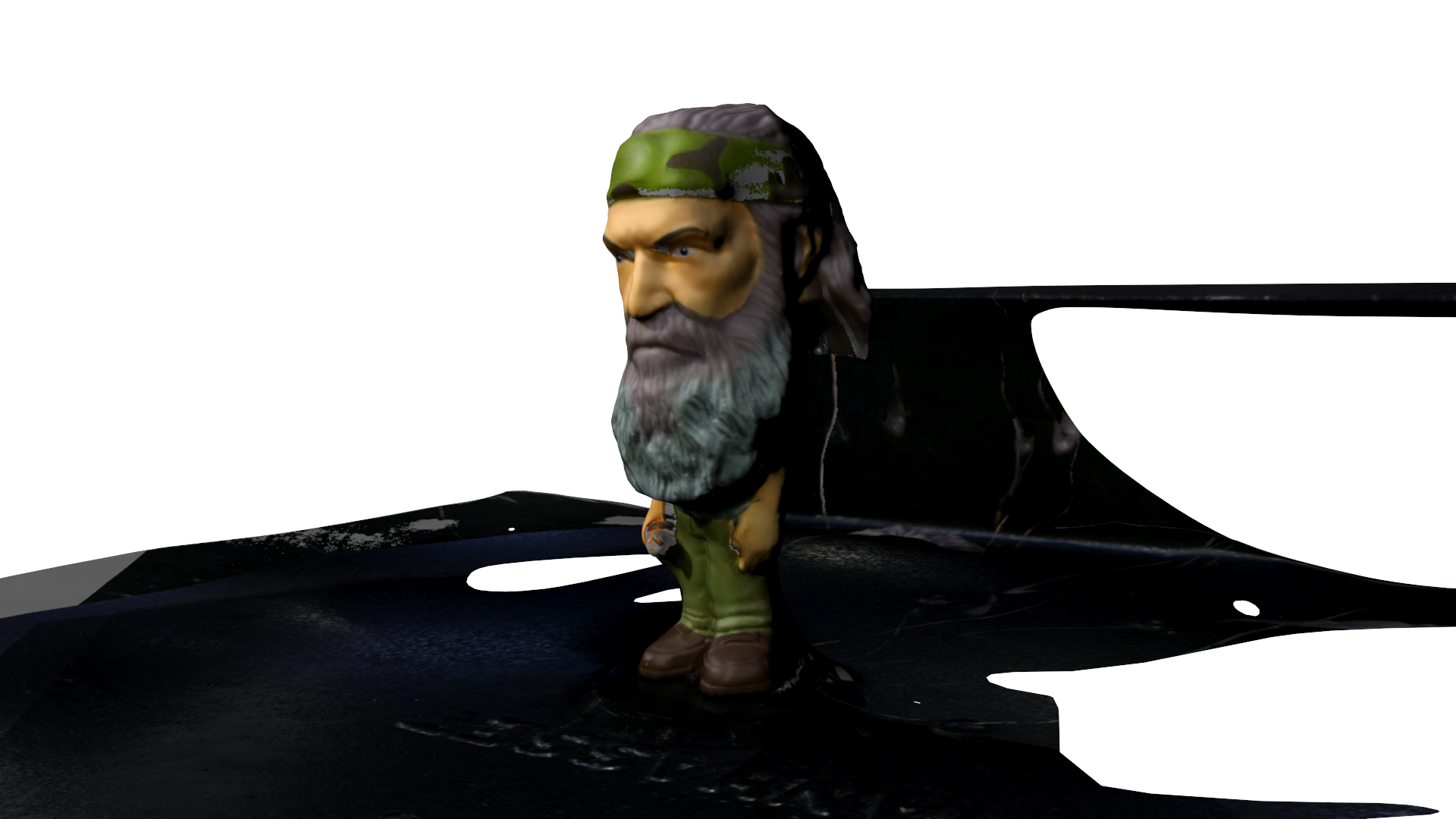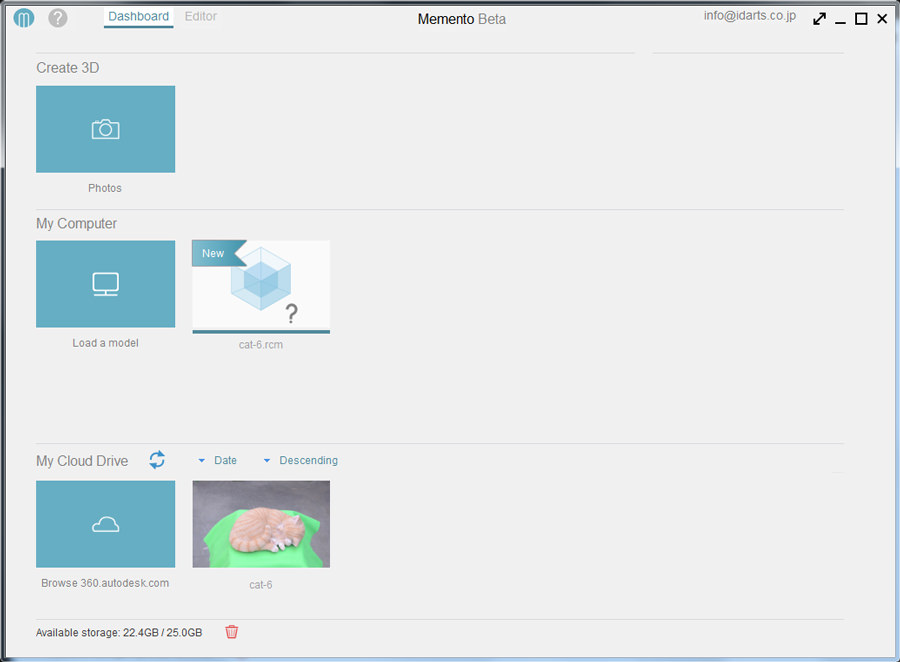

For sending the prints to the printer we used Cura, which is an open source 3D printing software application. In Fablab Amsterdam we have the Printrbot Plus and the Ultimaker Original available and we ran some tests to see how they would perform. 3D scan an object (and optionally print it).Design, model and 3D print an object (small, few cm) that could not be made subtractively.Test the design rules (possibilities/limitations) for your 3D printer(s) as a group assignment.This is mostly the case for parts with geometry where you can not get in with a subtractive tool. Other machines and processes are often preferred to use over a 3D printer with reasons like it's stronger, faster, cheaper etc, but to understand the application of 3D printing the general principle is: what you can not make by subtractive processes (cutting/milling etc) you would make with an additive process like 3D printing (building in stages by adding layers). In this weeks lecture Neil explained the strengths and the weaknesses of 3D printing. and you can also do keframe videos of your models, all within Memento.3D scanning and printing Week 5 (24 February - 2 march)

Memento generates 3d high definition models from photos, it allows you to easy clean them up, fix errors, holes etc, remodel where necassary and then offers tools to either prepare the model for 3D printing or to start decimating and baking the texture so that you can use the models for AR/VR, for further develpment in Maya, Max or for posting online.

Those two bars have very strong features to make quality useful 3D models from photos: If the machine does not have the required minimum spec, it might be a challenge to have Memento working.Īlso, it is true that Memento has only two bars - that is one of the main points of Memento that we are trying to keep it simple and clean in the UI while being very powerful in what it does.



 0 kommentar(er)
0 kommentar(er)
